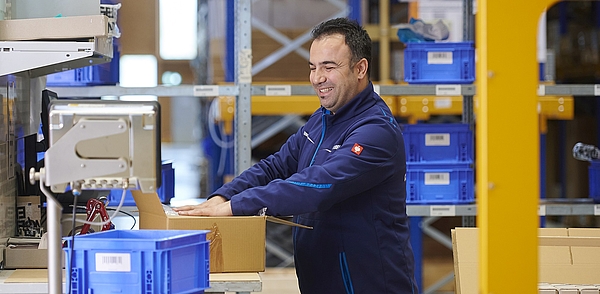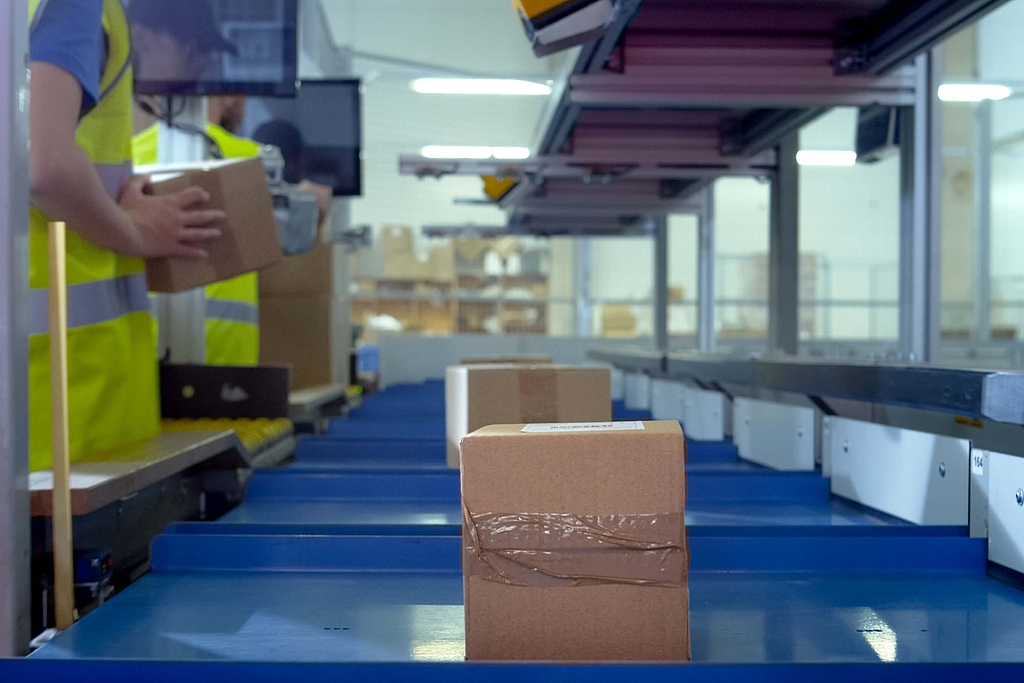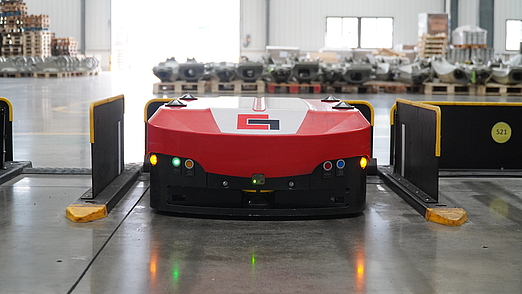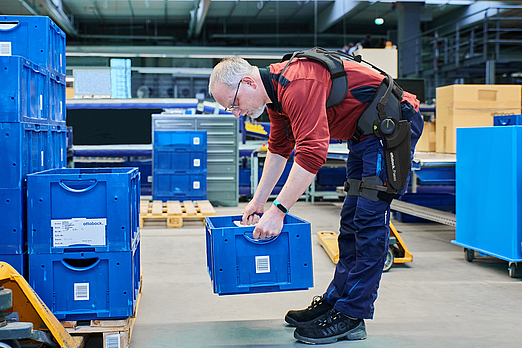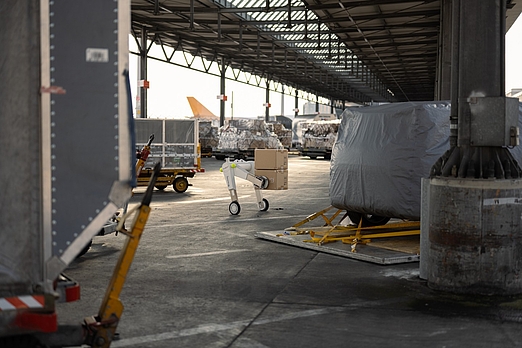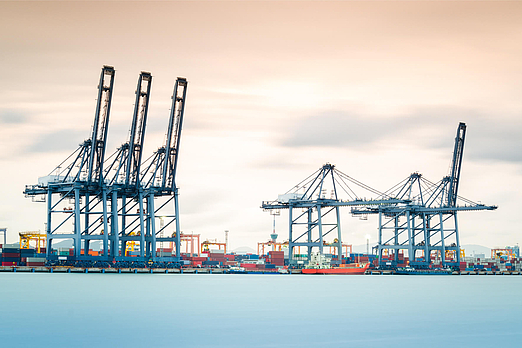Proven strategies to reduce costs and streamline operations
E-commerce: Four “make or break” challenges
- Facts
Global e-commerce is booming, offering businesses unprecedented opportunities to reach new customers across continents. But every e-commerce business will face one of these four challenges at some point in its existence. Drawing on in-depth experience, let’s take a look at tried and tested strategies that can help you tackle the most common stumbling blocks for e-commerce vendors. 4-3-2-1-GO!
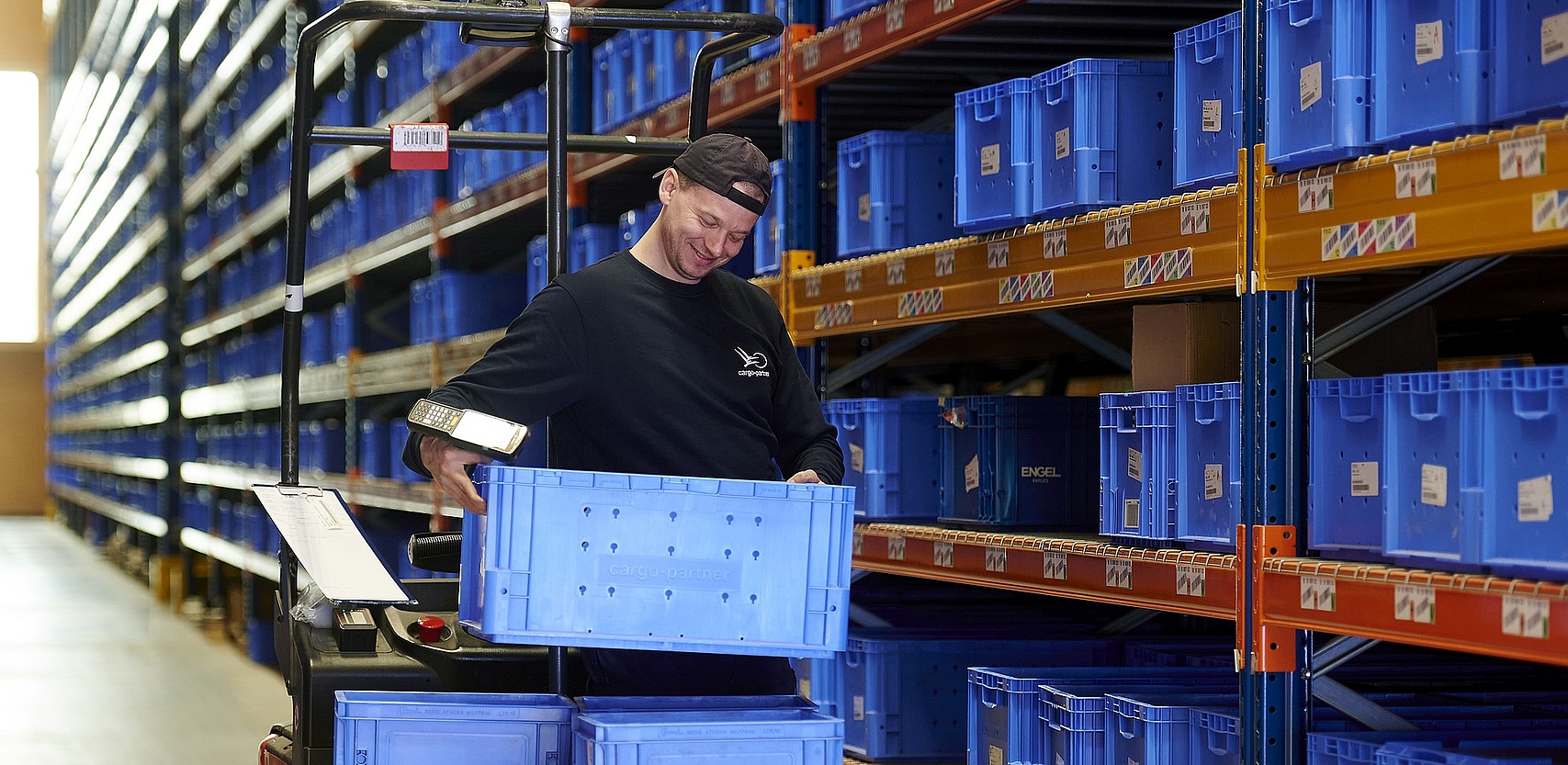


We offer specialized logistics solutions and warehousing facilities for the requirements of a range of industries.
Uniform standards in all of our logistics centers around the world ensure high quality and reliability. Benefit from our comprehensive network of warehouses in Europe, Asia and the USA.
Find out more
